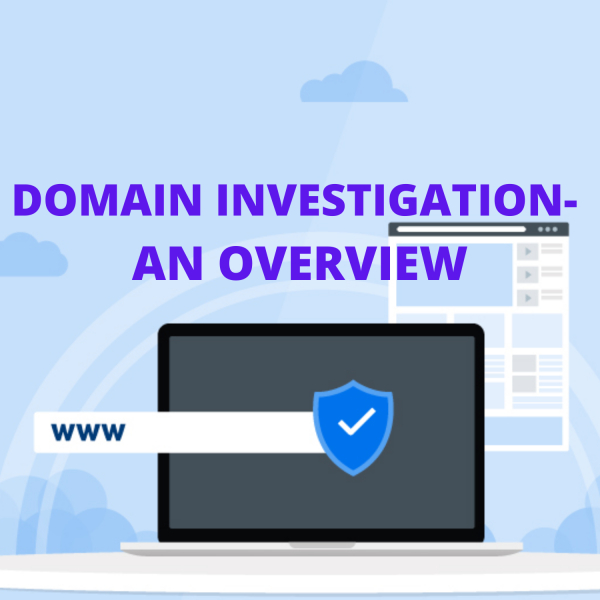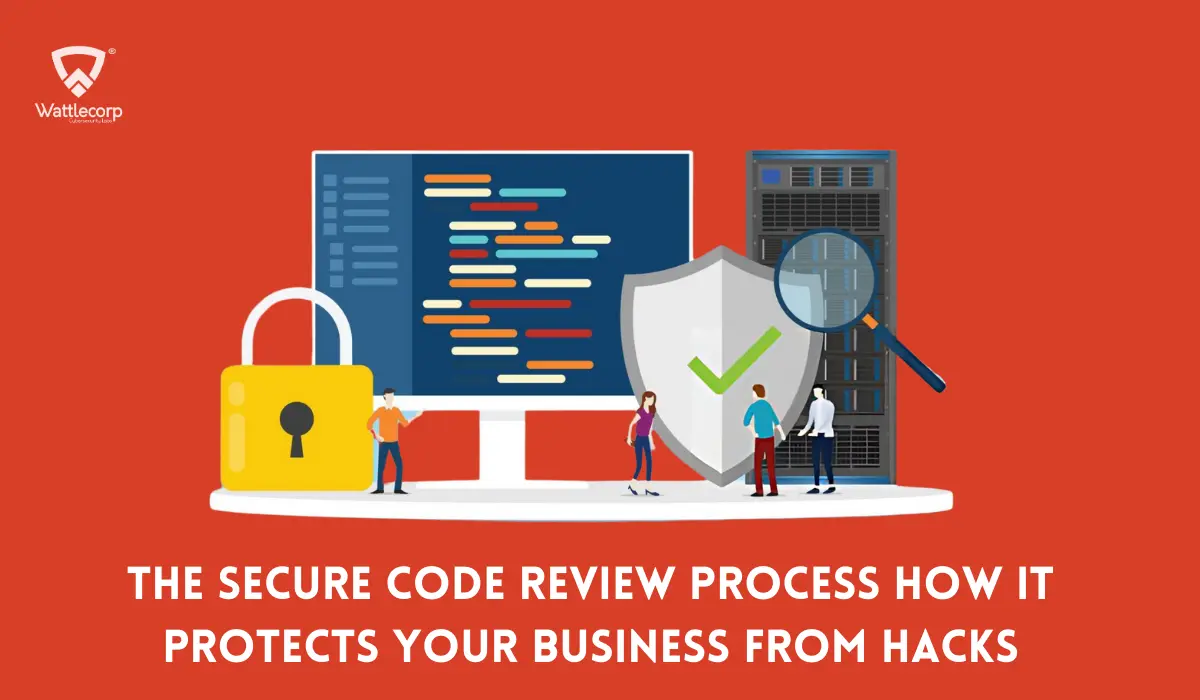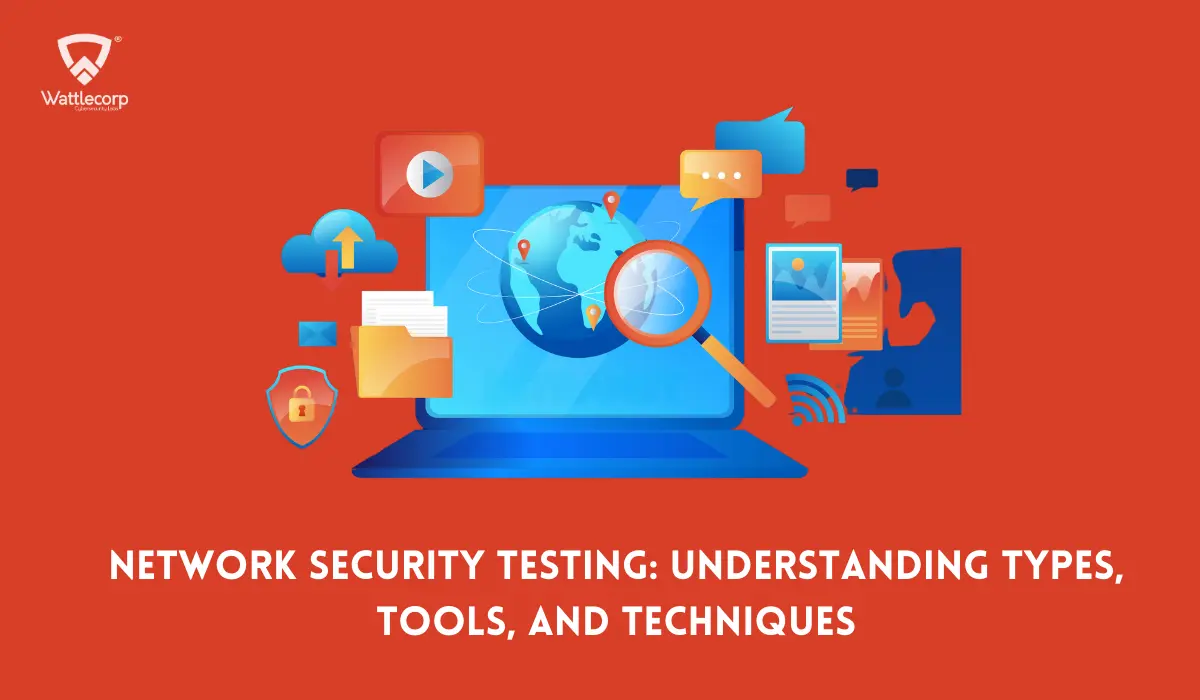SECURE YOUR BUSINESS WITH EXPERT VAPT STRATEGIES
How Secure Is Your Infrastructure? Book a Free Consultation with Wattlecorp’s Experts to identify vulnerabilities, develop a robust VAPT strategy, and safeguard your business with tailored protection solutions.

How would you react if you get an email from an unknown source? What about an email from a well-known company like Google or Facebook offering you a reward or job offer when you’ve done nothing connected to what the email claims? What would your reaction be? Confused? Surprised? Overjoyed?
In today’s digital world where cybercrime is making its presence known in different ways, are you supposed to believe that? Is it trustworthy? How can you verify the authenticity of the email?
This is where domain investigation steps in.
What is Domain Investigation?
A technique well-known to those working in cybersecurity, domain investigation is one of the basic skills. It comes in handy when one needs to verify the authenticity of a domain. Every domain has a list of IP addresses and hostnames authorized to send emails on their behalf. This is listed in an SPF record (Sender Policy Framework). Domain investigation is used to obtain the IP address the email is sent from and it then verifies it with the ones mentioned in the SPF record.
Why is Domain Investigation Required?
While fraudulent emails from what appear to be authentic domains are something to worry about, cybercrimes that abuse domain names aren’t limited to this. Other domain abuse cybercrimes can be prevented with domain investigation.
Cybercriminals have evolved and now use something as insignificant as domain addresses to carry out their criminal agenda. This is a weapon that goes unnoticed by common people until they get hurt by the same. Here are a few domain abuse cybercrimes committed by cyber criminals.
- The main domain that abuses cybercrime as mentioned above is fraudulent emails. While phishing used to be the major email scam that happened earlier, now emails from what seem to be authentic senders can also scam you. It could be emails that claim you’ve won a reward or got a job offer. Other forms of fraudulent emails from such domains are alerts of your email or social media profile getting hacked.
- Known as cybersquatting, cybercriminals obtain domains incorporating existing physical businesses and sell their goods at a marked-up price. Unsuspecting customers who stumble on the website think it was a recent move to online sales and lost the fake website.
- As the name implies, Domain hijacking refers to cyber criminals hijacking the domain and performing changes in the code to track visitors to reveal personal details. This is similar to fraudulent emails because the common man doesn’t feel the need to doubt a domain they’ve trusted and visited for so long.
- Another form of domain abuse cybercrime is typosquatting. Cybercriminals obtain domains that are typos of popular websites. They rely on people making such typos to reach such a website which will be filled with malicious code.
- The last kind of domain abuse cybercrime is domain slamming. Cybercriminals send fraudulent renewal notices to website owners. This confusion ends with the domain authority being transferred to these miscreants who then change the website. The result is similar to domain hijacking on the front end for someone who opens the website because they don’t notice any changes in the domain.
Read More: The Risks Of Unsupported OS
Tools for Domain Investigation
There are a lot of online domain investigation tools available. Some of them are free, some paid and some offer both versions. While some of the features offered by these tools might differ, their basic operating mechanism remains the same. All domain investigation tools use DNS to verify whether the suspected domain is the same as the authentic one in question. Now you may ask what DNS is.
DNS or Domain Name Service is the phonebook of the Internet. It is a naming system that allows us to reach the website we want. DNS takes in the website name we’ve entered and redirected you to the IP address of that site. DNS makes it easier to get the website we require. We need to remember only ABC. XYZ instead of the IP address. The domain abuse cybercrimes we looked at use attack vectors that tamper with the DNS. While it may seem the same on the outside for someone who regularly surfs the Internet, there are changes that happen internally. Domain investigation tools examine these internal changes.
To understand how these domain investigation tools work, let us look at the top 3 domain investigation tools.
Read More: Top Three Enumeration Tools
1. DNSlytics
DNSlytics is a popular online tool available in both paid and free versions. It gathers detailed information about an IP address, domain name, and provider.

This is a helpful tool in digital investigation, fraud prevention, and brand protection. The most important feature of DNSlytics is the report generated by it.
2. DomainEye
Another popular online tool, DomainEye is known to have the largest domain database across its free and paid versions.

Another reason for the popularity of DomainEye is its reverse IP lookup feature. This feature finds all domains related to a given IP address, NS server, or MX .
3. Domain Dossier
Domain Dossier’s approach is a simple and relevant tool that allows it to stay fresh in a competitive market. Domain Dossier’s records are based on information collected from public records.

It is mainly used in cybercrime investigation. Domain Dossier retrieves information about the owner’s contact data, registrar and registry information, geometric location of an IP address, web hosting details, and much more.
Interested to learn more about different techniques used in cybersecurity and the top ethical hacking tools used for them? Follow our blog to keep yourself updated with the latest trends in cybersecurity.
contributor: Sherin Saji







